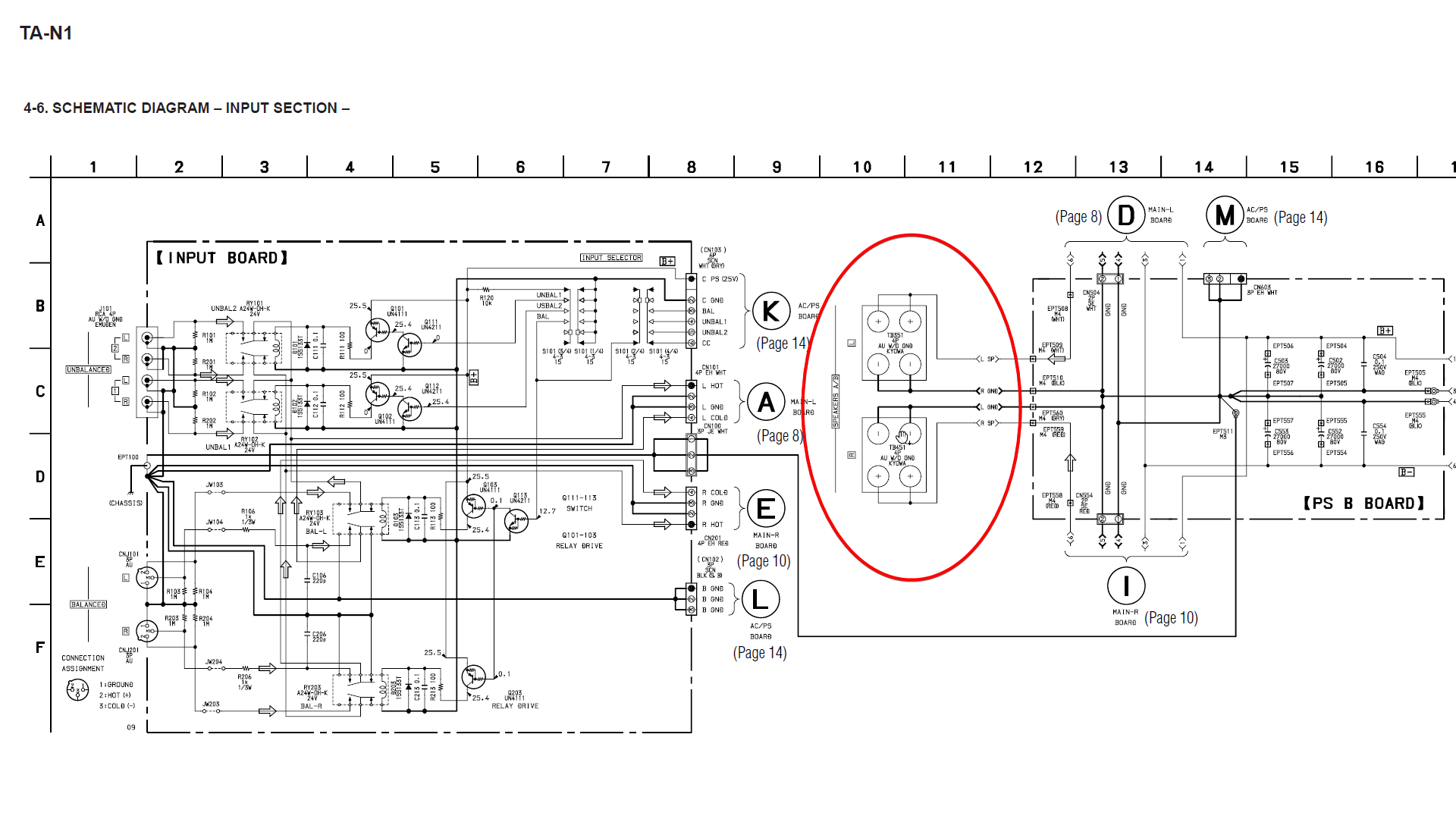What amp?
Impedance Matching Confusion
My stereo amplifier has two sets of binding posts for each channel. The user manual says that it can drive a pair of 4 ohm speakers if only one set of the binding posts are being used. If I were to use both sets of binding posts, it can drive speakers that are between 8 ohm to 16 ohm. My speakers are rated at 4 ohm and they support bi-wiring. My question is that if I use both sets of the binding posts on my amplifier to bi-wire a pair of 4 ohm speakers, will it cause any issue/damage? Thanks.
My amplifier’s Power Output: 200 W + 200 W (8 Ω) 400 W + 400 W (4 Ω) / The speakers are rated at 4 ohm with 90db sensitivity.
Show less
| Post removed |
You’ll be fine since the impedance of the upper and lower section are separated by the internal crossover filters. If you put 2 pairs of 4 Ohm speakers in parallel you end up with 2 Ohms, but if you bi-wire a single 4 Ohm speaker you still have 4 Ohms. Whether you bi-wire or single wire a speaker the amplifier sees exactly the same load as before. You are just moving where the jumpers are. On the speaker or on the amp. Electrically identical situation. |
"The user manual says that it can drive a pair of 4 ohm speakers if only one set of the binding posts are being used"
It would seem that Sony has stated not to use both amp terminals to drive 4 ohm speakers. Why risk potential damage, or at the least I'm guessing per their statement, degrade the sound. As others have advised just bi-wire , or if you are not presently maybe try quality jumpers |
that amazing Sony TA-N1 amp is very rare, only 100 were supposed to be made, I would definitely get Sony involved before breaking the rule. http://www.thevintageknob.org/sony-TA-N1.html
meanwhile: typical receivers/amps with two sets of speaker terminals, it is standard procedure to have a warning about using higher impedance speakers when using tA + B . IF both pairs of speakers are efficient, you can break the rules. IF you avoid high volume use/high power needs, you can break the rules, however, AT YOUR OWN RISK!. Someone can have the wrong input, juice up the volume, no sound, juice it up some more, then select the correct input, BANG!!! Speaker damage, perhaps amp damage. ............................. your speakers are designed for bi-wiring so you can use different speaker cable construction (it's not the same as bi-amp). You certainly do not need a lot of power for your existing 90db sensitivity, so you want to bi-wire because ... in theory, different cable construction for bass. your speaker's impedance is NOMINAL 4 ohms, it may have dips to 2 ohms, perhaps do research about that. meanwhile, the crossover of the nominal 4 ohm speakers is 'expecting' to SEE the 'same' from the amp's transformers I am GUESSING. Using speaker A:4 ohm tap and Speaker B 8 ohm tap, the frequency response of the speaker's crossover might be altered. If that's the only 'effect', perhaps it won't make a difference you dislike or even hear. |
On this amp, there is nothing mysterious happening - those posts are simply wired in parallel. Hence the warning not to wire 2 4-ohm speakers to both posts, as you’d end up with a 2-ohm load.
|
Funny Sony, Most likely you have the EU/USA/Canada model, where the Japanese one is stating 2-16ohms. Both versions are the same, same mosfets, same transformer, same power supply, same rectifiers, minus a couple of electrolytic caps on main L&R boards (signal). Please note that both versions drive easily SS-M9ED speakers, rated min 2ohms and 86db efficiency. Late answer but i have seen it late.
|


